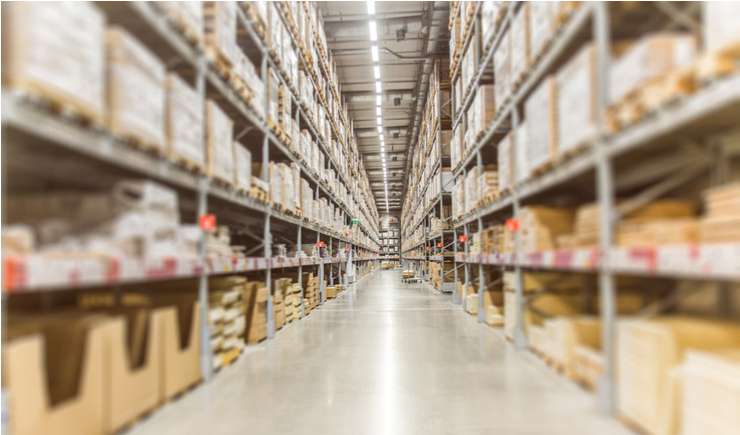
Don’t call it a “supercycle.” That’s the message from economic researchers Jumana Saleheen and Lavan Mahadeva from the commodities consultancy, CRU. They suggest this is no Kondratieff Cycle, but rather a shorter business cycle set off by the pandemic. They write:
Commodity prices have surged to very high levels this year. Iron ore and copper prices hit all-time highs before falling back after Beijing moved to curb prices. Aluminium prices are elevated and oil prices are fluctuating at about $75 a barrel. So are we at the start of a new commodities supercycle?
Our view is that we are seeing a normal business cycle recovery in commodity prices, not a supercycle. Our definition of a supercycle follows that of Russian economist Nikolai Kondratieff — and his depiction of long-term trends that prevail over decades. In the context of commodity prices, a supercycle means an upswing in prices that lasts 10 to 35 years.
Supercycles are pretty special events. Over the past 150 years, there have been just four supercycles but there have been many more business cycles.
We believe commodity prices will come off their current peaks and remain elevated for some years. But we do not predict prices will be elevated for a decade, which is what is needed to be supercycle worthy.
All commodities are different but a common pattern at present is higher prices driven by strong demand and a lagged supply response.
On the demand side, we think commodity demand has disproportionately benefited from the nature of the Covid-19 recovery. Lockdowns and social-distancing restrictions led people to stay at home and spend more than they normally would on durable goods — washing machines, gym equipment, electronics, and new homes. This led durable goods spending to rise much faster that the pandemic trend. That demand has in turn fed through to commodities — steel, copper, iron ore and aluminium.
But this pace of durable demand will not endure. As lockdowns ease, we expect consumer demand to rotate away from goods to services — as people start going out to bars, restaurants, movies and on holiday. Purchases of durable goods will fall, and so too will the demand for raw materials.
Read more here.



